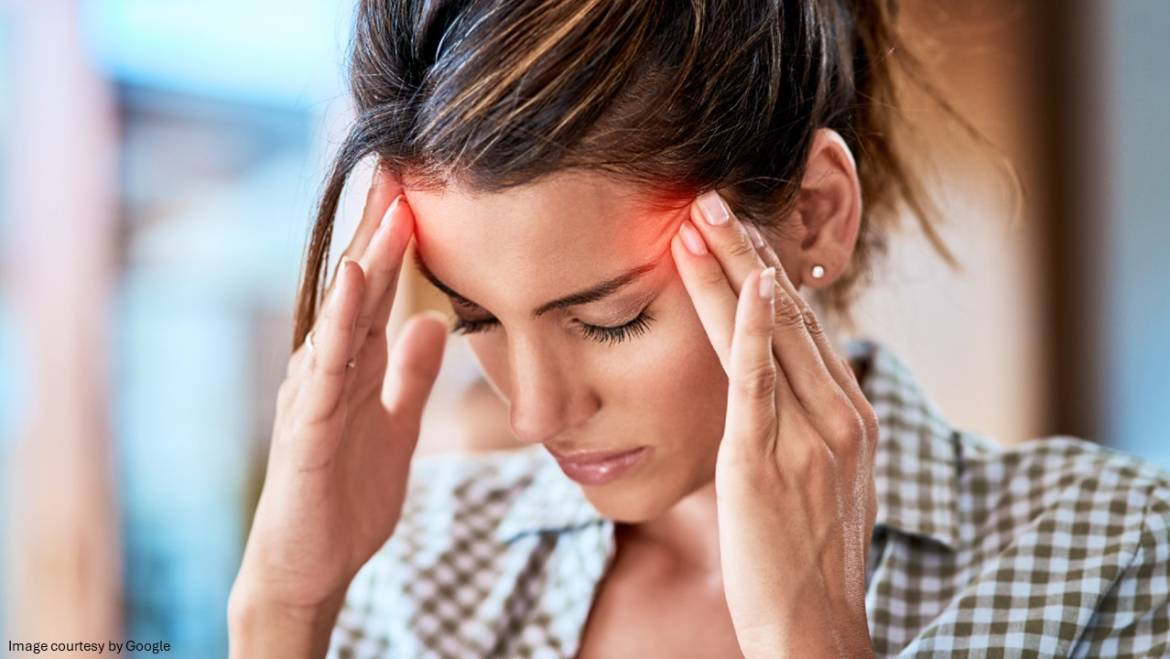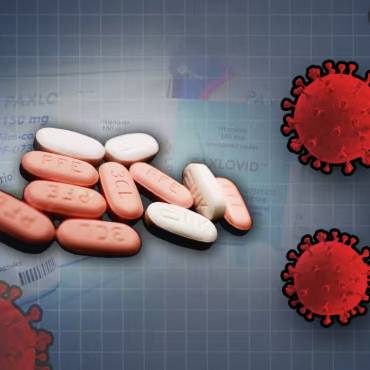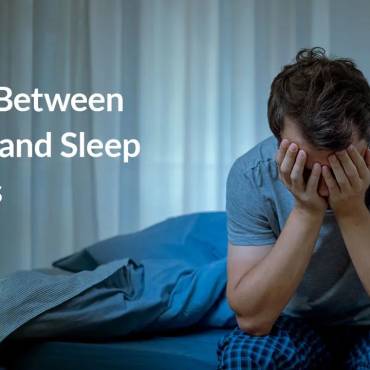A survey conducted some time ago highlighted that as many as 30 million people in the United States suffer from migraine. Also, women tend to have more migraine attacks as compared to men. A person suffering from migraine experiences pulsating headaches that usually occur only on one side of the head.
Migraine headache symptoms that may appear before a migraine triggers
A classic migraine is associated with a certain set of warning symptoms known as aura symptoms. A person may experience these symptoms before the general signs of migraine appear. The aura symptoms are experienced by at least one in three people and may last for an hour. A common migraine strikes without an aura.
Types of migraine: Migraine can be of any type, including abdominal, hormonal, and hemiplegic.
Some common aura symptoms include:
- Visual disturbances like flashing or flickering lights, blurred vision, temporary blindness, appearance of zigzag lines,
- Numbness or a tingling sensation, usually around the face, in the hands, or face
- Slurred speech
- Poor concentration
- Problems with coordination.
Symptoms of migraine or signs of migraine headache
Even though migraine attacks can happen at any time, it might be possible to sense when it is going to start. The symptoms of a possible migraine attack may include signs like lack of concentration, irritability, food cravings, and tiredness.
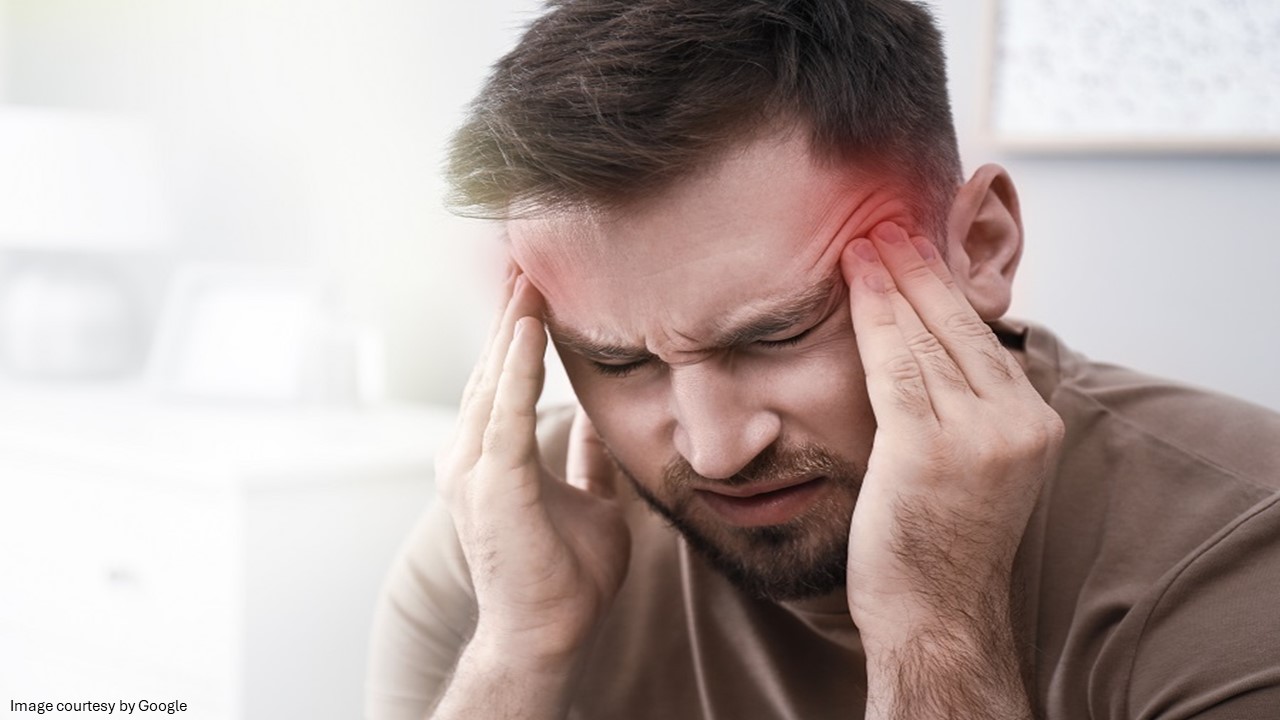
Other general symptoms of migraine may include:
- A headache that lasts from 4 to 72 hours
- Pulsating or throbbing pain on just one side of the head
- Headache that gets worse during physical activity
- Feeling sick or nauseous
- Sensitivity to light and noise.
Usually, there is no need to visit a general practitioner if the person experiences minor migraine headaches. However, it is essential to consult a GP if:
- Chronic migraine symptoms are frequent or worsen over time
- The person is over 50 and hasn’t experienced a migraine before
- Aura symptoms last for more than an hour.
Immediate action should be taken for chronic migraine treatment to avoid life-threatening episodes.
What complications can arise due to constant migraines?
A migraine that lasts for over 72 hours and goes away is known as status migrainosus. In case a person has this type of migraine, and it does not subside even after 72 hours, then it is necessary to visit a general practitioner. People who get migraine attacks for more than 15 days every month may be experiencing chronic migraine. This type of migraine can be treated with heavy medication. However, the continuous consumption of medicines can lead to more headaches. This is known as medication-overuse headaches and can increase the risk of anxiety, depression, panic disorder, and stroke. Therefore, migraine headache treatment should be followed systematically with the constant guidance of a doctor.
Causes of migraine headaches or reasons for migraines
Even though the actual migraine causes or reasons have not been found yet, it is sometimes associated with a decrease in the levels of a chemical called serotonin in a person’s body. Low serotonin levels likely cause changes in the blood vessels in the brain. However, there is no information about what causes the changes in the serotonin levels.
Some of the most common triggers of migraine are mentioned below.
- Stress
- Changes in sleep patterns
- Poor posture or strain in the neck and shoulders
- Certain foods or drinks like cheese, alcohol, caffeine, chocolate
- Loud noises
- Bright or flickering lights
- Certain smells
- Strenuous exercise
- Skipping meals
- Not drinking enough fluid.
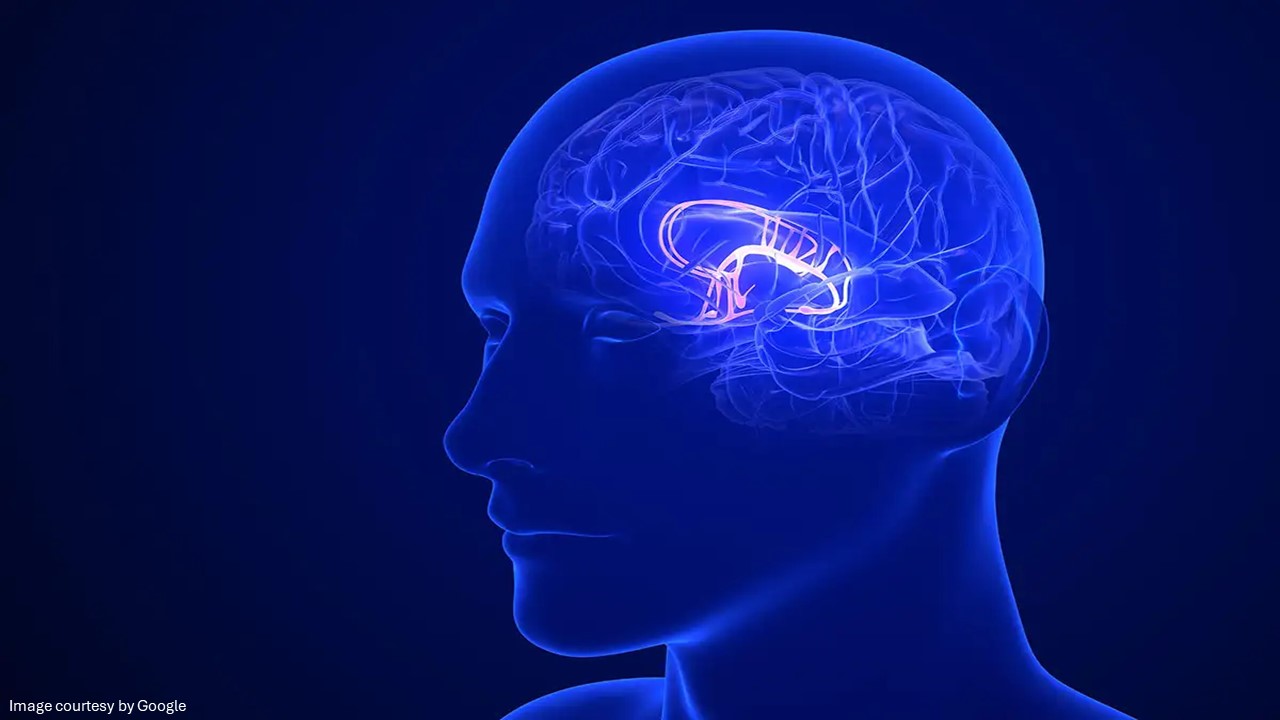
Migraine headache treatment
Ideally, it is better to maintain a diary to keep track of the different symptoms of migraine and the things that can worsen it. It is also necessary to keep track of the time the migraine attack lasted and the medication used to relieve the pain. A natural solution for relieving migraine pain is to use a cold compress like an ice pack or ice wrapped in a towel. A hot compress is also known to be effective against throbbing headaches. Such self-help solutions can offer only temporary relief, so one may have to take suitable drugs to reduce the migraine pain.
There are various kinds of medicines available for migraine. Immigrant, sumatriptan, or triptan is most commonly used among these. It works by narrowing the blood vessels in the brain, which helps relieve the pain caused by a migraine attack. This medicine should be taken only if a certified general practitioner prescribes it.

